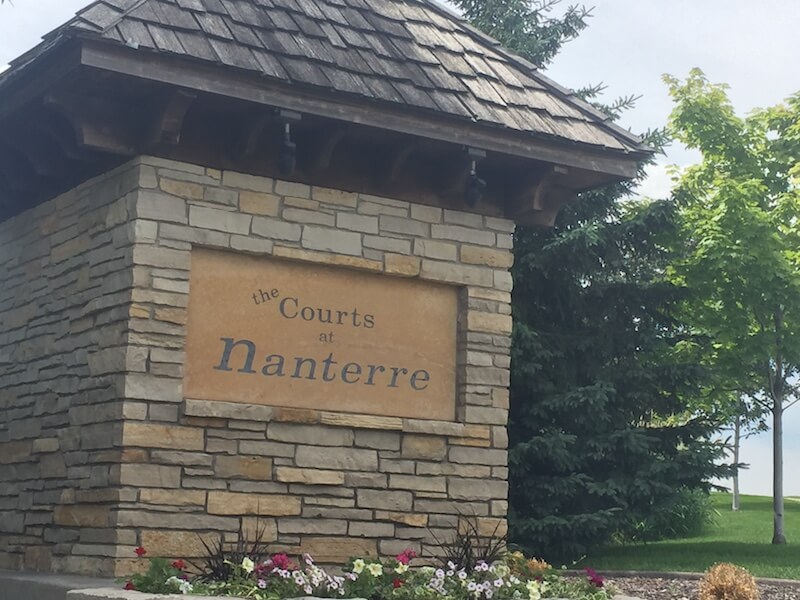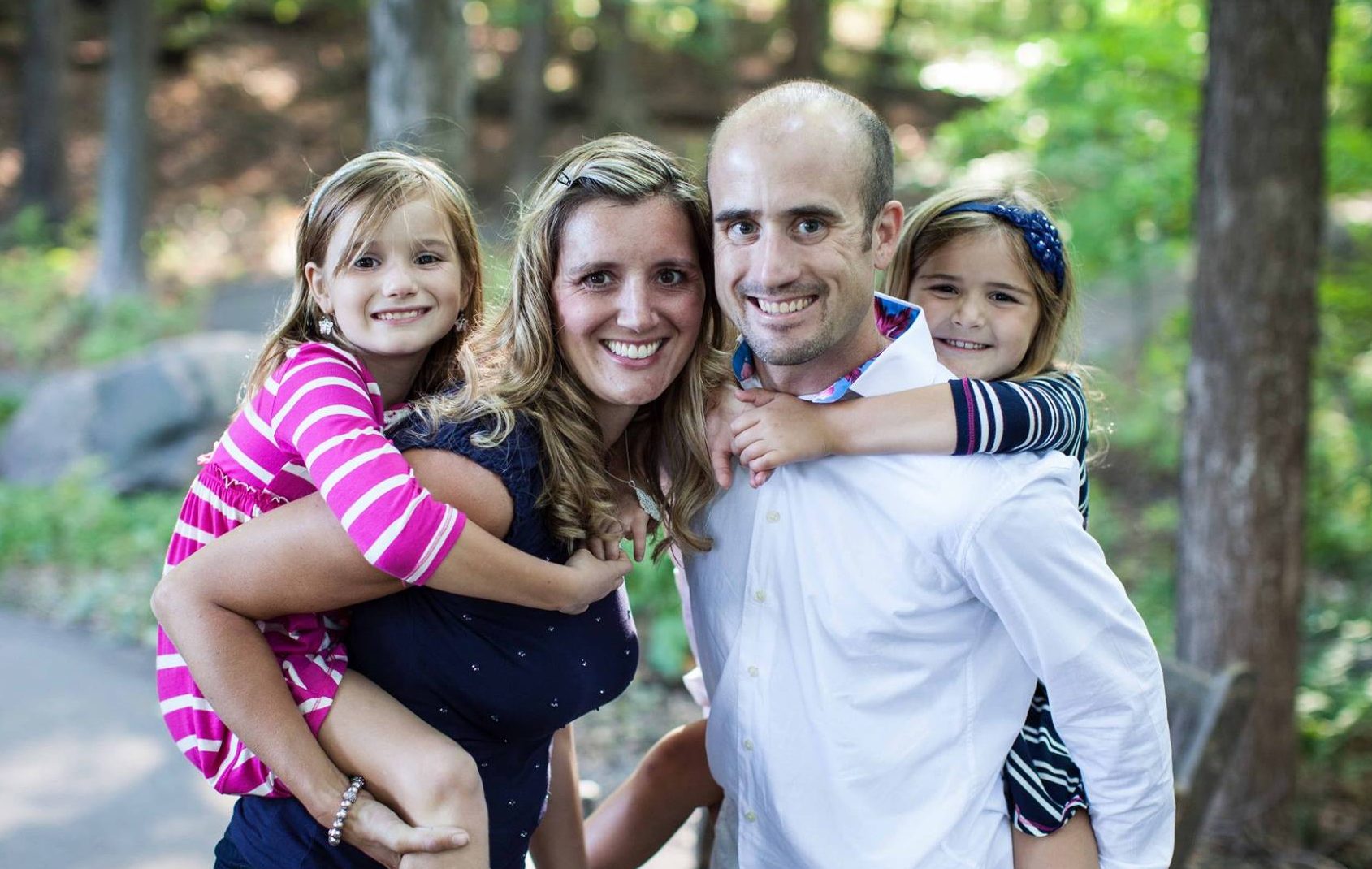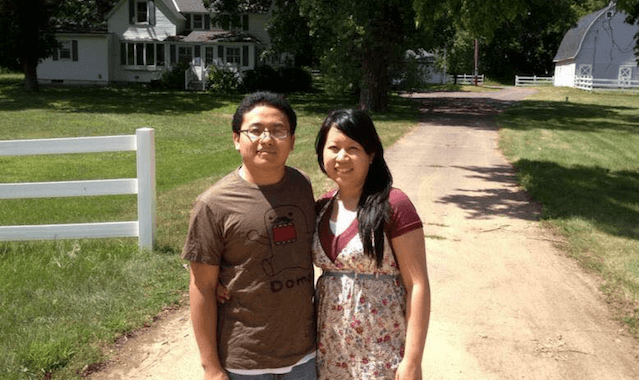Posted by Realtor David Olson 952.314.9446
University: Community Life
The University community is located in the central-eastern section of the city of Minneapolis. A collection of 6 distinct neighborhoods, University is known for its idyllic location near the downtown metro area and the University of Minnesota. While each of the neighborhoods found within the community are unique and offer varying amenities they all contribute to the overall community. This article provides a brief analysis of each neighborhood and the amenities found within.
Cedar-Riverside, located in the University community, is named after the intersection of the two main avenues of the neighborhood, which are Cedar and Riverside. The neighborhood is triangular-shaped with three ultimate boundaries. The Mississippi River is on the east side, Interstate 94 on the south side, and Interstate 35W on the west side. Cedar-Riverside is one of the older neighborhoods in the city. In the late 1890’s, the neighborhood was referred to as “Snoose Boulevard,” with a vibrant community of Scandinavian immigrants, most working in the milling and lumber facilities on the Mississippi River. In the 1960’s and 70’s, Snoose Boulevard turned from an old-fashioned neighborhood to one of hippies, intellectuals, actors, artists and musicians. Currently, the Cedar-Riverside neighborhood is the largest community of immigrants in the Twin Cities, continuing a long history of ethnic and cultural diversity.
Diversity is as common in the housing stock as it is in the people. The neighborhood includes anything from high-rise condos and apartments to single-family homes. Cedar and Riverside Avenues provide several ethnic restaurants and shops, specialty stores, international malls, and theaters that draw residents and visitors into the community. The neighborhood is host to Augsburg College and the University of Minnesota’s West Bank Campus, which includes the University’s performance and visual arts schools, as well as its law school. Downtown Minneapolis is just few minutes away through the Hiawatha Light Rail line. Bus routes and bike routes also link Cedar-Riverside to both downtown Minneapolis and other neighborhoods in the area. This neighborhood of around 8,000 is a great place to live that is close to the heart of the city.
The Cedar-Riverside neighborhood is home to several schools, the largest of which is the west bank section of the University of Minnesota. The U of M’s west bank is the smaller of the two banks and is where the law, business, and art programs are located in addition to a library and numerous academic halls. While primarily students of these disciplines spend time on the West Bank, there are many classes that take place here involving students of other majors. As such, the West Bank is a resource that is utilized by the majority of the school’s over 32,000 students. Because of the school’s presence, many college-aged individuals and students choose to reside within the Cedar-Riverside neighborhood. Another college located within the Cedar-Riverside neighborhood is Augsburg College. A school of around 4,000 students, Augsburg College is affiliated with the Lutheran church and offers more than 50 majors. The smaller student-to-faculty ratio and ideal location in the heart of the city make Augsburg a popular, private college choice.
There are many popular bars and eateries located within the Cedar-Riverside neighborhood. Draft Magazine named Republic one of the “Top 100 Beer Bars in America” in 2013 and 2014. Their standards for selecting this list are “Having well-cared for, thoughtfully selected beer with an eye toward variety, trends and tradition, in the kind of place you’d want to stay awhile, delivered by someone who knows their stuff”. These standards describe how Republic’s owners feel about their ability to provide drinks that everyone can enjoy. A popular destination for college students as well as residents of the community, Republic is an active location within the neighborhood. The Red Sea is another popular bar, restaurant, and music venue in the Twin Cities. The international crowd and ethnic food has made them a preferred dining location since 1990. With a different live band every other night, patrons can be treated to loud live rock music or bassy hip hop sounds. As some relax and enjoy the welcoming service at the fully stocked bar, others join the small crowd near the front of the stage to dance to the music.
The numerous projects promise to shape the future of a neighborhood that has become home to the city’s growing community. The sidewalks, public spaces and transit options of the Cedar-Riverside area are ready for exciting enhancements as a result of several projects.
When the Green Line light rail opens, Cedar-Riverside will be the only area outside of downtown Minneapolis served by not one, but two LRT lines. To correspond with the line, the Cedar Cultural Center is planning a new multi-use “destination” plaza to develop the outdoor area near the Riverside Plaza towers. Another project is the $1.7 million Cedar Avenue street reconstruction that will widen sidewalks, increase pedestrian lighting and produce extra on-street parking. In the housing world, developers are creating a six-story building with 259 housing units adjoining the Mixed Blood Theater. All of these projects and more are contributing to the excitement of this neighborhood.
Como, which is also commonly referred to as Southeast Como, is named after Como Avenue, which travels along the neighborhood. Como Avenue took its name from Lake Como in northern Italy, a prevalent tourist objective. Como neighborhood is in the University community, just north of the Dinkytown area and the east bank campus of the University of Minnesota. Its borders are the Minneapolis city limit to the east, Interstate 35W to the west, and East Hennepin Avenue and Winter Street NE to the north. Como has its own local elementary school, a few places of worship, a mosque, Van Cleve Park, and several retail stores.
Como is a neighborhood of comfortable homes, tree-lined streets, and pleasant gardens, where the 6,000 locals choose to stay for many years. Como is suitably located about halfway between the downtowns of both Minneapolis and St. Paul, and has great transportation opportunities to both. It has a significant environmental awareness and has contributed in events such as tree planting, opening new community gardens, organic lawn care, building rain barrels, and a Solar Pilot Project. Because of this, Como has been awarded a $120,000 grant to implement a Green Village concept that will focus on green transportation, renewable energy, and stormwater management.
The housing options consist of early 20th-century bungalows and Victorian and 1920s-era homes with a few of newer duplexes and single-family homes. Many of the larger homes have been rehabilitated into student housing because of the University being in close proximity.
ChinDian Café, one of the favorite local eateries, reflects the owner’s vision for a sincere, appealing restaurant that blends the diverse flavors of its quality food. The menu presents locally made and organic ⁄ free-range meats and vegetables from farm producers including Kadejan Inc, Thousand Hills Cattle Co, Pastures a Plenty, Amor Pork and Larry Schultz Farms. ChinDian Cafe is the ideal place to enjoy the freshest food in the city. The Black Coffee and Waffle Bar is another popular, local restaurant. They serve waffles with fresh ingredients and toppings made in-house. Local and quality roasters provide the coffee beans. The exciting interior offers an open space for locals of the neighborhood and students near the university to sit back, hang out, and enjoy coffee and a waffle.
The city’s “first neighborhood” is now one of its finest. The Marcy-Holmes neighborhood, situated on the east bank of the Mississippi River, got its name from William L. Marcy, an American statesman and secretary of state born in 1786 along with Oliver Wendell Holmes, an American poet, author, and novelist who was born in 1819. The neighborhood is located across the Mississippi River from downtown. The University of Minnesota forms its east border, and the west border of the neighborhood is along the East Hennepin/Central Avenue commercial strip. Marcy-Holmes is host to Dinkytown, which consists of many businesses tailored to the student culture of the nearby University of Minnesota. The neighborhood also offers housing to many students attending the college
Peaceful and calm by day, and an urban entertainment sight at night, Marcy-Holmes is a blend of old and new, traditional and trendy. The neighborhood of 9,500 residents is conveniently located near downtown Minneapolis and offers several options for transportation to and from the business district. Although most of the housing options were constructed before 1950, Marcy-Holmes has seen development of riverfront apartments and condominiums in modern loft styles. The neighborhood has an extensive mix of period architectural styles such as Victorian, American Colonial, and Arts and Crafts.
At Aveda Institute Minneapolis, students have the ability to learn from excellent instructors who are passionate about the cosmetology craft. Students will master the technical skills needed to shine while refining their own unique styles. At this school, located within the neighborhood, students can grow mentally and physically in the field. There are several options within the Aveda network such as Stylist, Colorist, Salon Owner, Educator, Freelance Artist, Retail Sales and Corporate positions. The Aveda Institute Minneapolis is the perfect place to start chasing dreams with a globally recognized profession.
Themed after the great riverboat days of the Mighty Mississippi, Tuggs Tavern provides the best burgers, homemade chili, and sandwiches. Tuggs Tavern grills juicy stuffed saloon burgers topped with a grade AA farm fresh eggs or a Cowboy Bob burger, deliciously topped with hash browns, bacon and cheddar cheese. Tuggs Tavern is a comfortable and friendly option with all week long and all day beer specials, hand squeezed lemonade, pool tables, skeeball, and a great view of downtown Minneapolis.
Dinkytown is a commercial district within Marcy-Holmes at 14th Avenue Southeast and 4th Street Southeast. The district offers several city blocks occupied by many small businesses, restaurants, bars, and apartment buildings that house lots of University of Minnesota students. Though known for being the home of local businesses, the atmosphere has changed in recent years with a slight increase in more generally known chains, though many small local businesses still flourish in the district. Dinkytown offers an entertainment area for students, families, and just about anyone, as its extensive shops and dining locations are sure to please a wide variety of visitors. Some of the most famous restaurants and venues include Mesa Pizza, Annie’s Parlour, Al’s Breakfast, the Purple Onion Cafe, the Varsity Theater and more.
The Nicollet Island/East Bank neighborhood contains a small residential population of 1,500 and Nicollet Island on the Mississippi River just east of downtown as well as a share of the eastern riverbank located between Central Avenue and the Burlington Northern Santa Fe Railroad line. The neighborhood is the geographical center of Minneapolis. The island is named for Joseph Nicollet, a scientist, geographer, and mathematician that was born in Savoy, France. He led three excursions through Minnesota, and was the writer of the influential book Map of the Hydrographical Basin of the Upper Mississippi. Hennepin Avenue East and First Avenue Northeast are two of the main roads that attach the island to the rest of Minneapolis. The island hosts almost 50 acres, and all but two of the houses on the island date from 1864 to 1898.
The Wilde Roast Cafe is a neighborhood restaurant with a newly renovated Victorian feel, but it’s not your usual cafe. They create an atmosphere that anyone patron would thoroughly enjoy. The café is a cozy place that can be visited alone or with friends to enjoy a latte or glass of wine by the 1900’s fireplace on a Chesterfield couch. Breakfast, lunch and dinner menus showcase an array of sandwiches, individual-sized pizzas, appetizers and other great comfort food. Their desserts are “to die for” and can compliment any menu item. Vic’s is another restaurant within the neighborhood. It features the glistening skyline of Downtown Minneapolis along cobblestone Historic Main Street with floor-to-ceiling windows, a huge open-air deck, historic wooden rafters, and an Italian plaster curved bar that is located along the east bank area of the city. Vic’s also showcases an outstanding American menu alternating from flatbreads to steaks which compliment a wonderful 99 bottle wine menu where all bottles are priced much lower than anywhere around the city. Give the dining location a try. You will not be disappointed. The Nicollet Island Inn serves as a hotel, restaurant and bar. The Inn is able to provide a Bridal Ready Room, which is an elegant and unique day-use room ideally served to use as a bride’s “home base” as she prepares for her big day. The Inn is also one of the most luxurious places for an overnight stay while traveling or on a getaway. It is also the perfect place to dine and celebrate as the inn is able to host large-scale events with the most deliciously prepared food. The multi-purpose and historical building of the Nicollet Island Inn is a feature item for Nicollet Island.
Prospect Park is situated in east central Minneapolis, and within the University community. The neighborhood borders the City of Saint Paul on the eastern side and the University of Minnesota on the west side. It is also bordered on the south by the Mississippi River and on the north by the railroad tracks. The neighborhood was established as the Prospect Park subdivision in 1885 by developer Louis Menage. In the late 1800’s, Prospect Park was incorporated into Minneapolis. The steep hills, winding streets, and the Witch’s Hat water tower add to the neighborhood’s environment. Close by shopping, recreation, and common community events also add to the community.
Prospect Park locals appreciate the neighborhood’s urban feel, and being in a small town area where it is easy to walk wherever they need to go. The 7,000 residents of Prospect Park are varied, distinctive, community-minded, and active. The neighborhood is home to Luxton Park and many small, green spaces, close to both downtowns in the Twin Cities. The neighborhood is known for its characteristic and exceptional houses, allowing for the reputation of having the highest percentage of architect-designed homes in the city. Homes fluctuate from 1880’s Victorians to more modern homes with apartments and other rental properties dispersed throughout.
Home to around 6,000 residents, the University neighborhood is located east of downtown Minneapolis. The Mississippi River divides the neighborhood into the west bank and the east bank. The neighborhood is almost entirely occupied by the University of Minnesota, hence its name, University.
The University of Minnesota is one of the top public universities in the country and has campuses throughout the state, the primary of which is located within this neighborhood. The main campus in Minneapolis inhabits about 2,000 acres of land. The University of Minnesota, Twin Cities includes the Minneapolis and Saint Paul campuses. Because of the school’s presence, many college-aged individuals and students choose to reside within the Cedar-Riverside neighborhood.
The housing options within the University neighborhood are limited. The majority of residents are either students of the U of M living in on-campus housing or they are individuals living in one of several apartment buildings.
Located within the neighborhood, the TCF Bank Stadium is an outdoor stadium on the campus of the University of Minnesota in Minneapolis. Opened in 2009, the stadium is the home field of the Minnesota Golden Gophers, and even hosted the NFL’s Vikings while they constructed their new stadium. The 52,525-seat “horseshoe” shaped stadium is intended to provide future development to seat up to 80,000 and will cost $303.3 million to construct.
The neighborhood also contains several other facilities that belong to the University of Minnesota. Such facilities include Center for Magnetic Resonance Research, Biomedical Discovery District, Mariucci Arena, Northrop Memorial Auditorium, and the University Aquatic Center. There are also several popular dining areas outside the stadium to enjoy after a game such as Buffalo Wild Wings, Punch Pizza, or several Chinese takeouts.
For more information regarding the individual neighborhoods found within the University community, please refer to our supporting articles.
© Copyright 2015, www.TwinCitiesPropertyFinder.com. All Rights Reserved.
University: Parks & Trails
University: A Brief Overview
Related City Articles





















